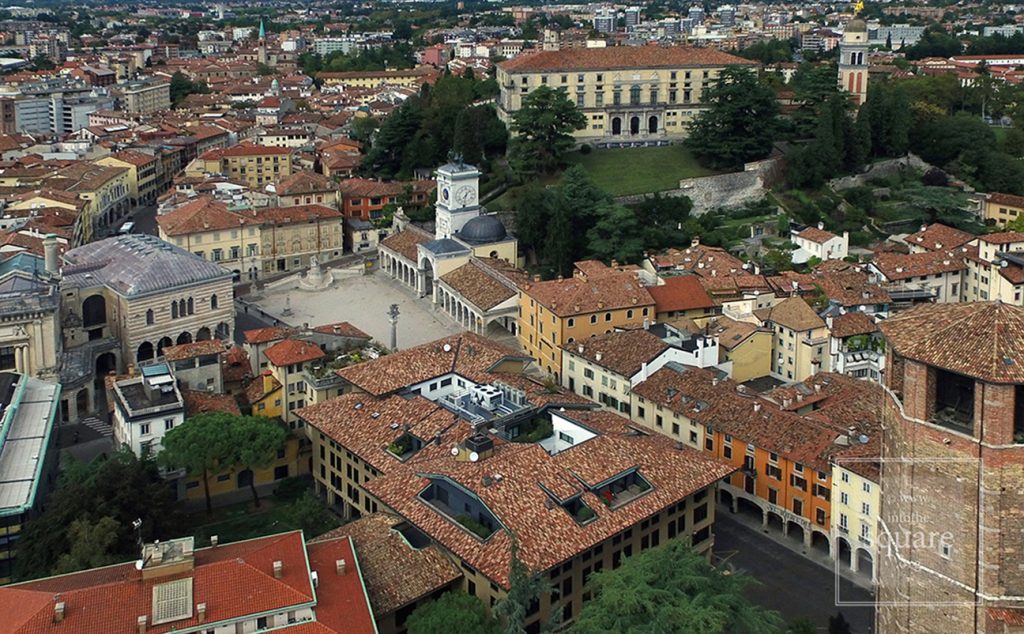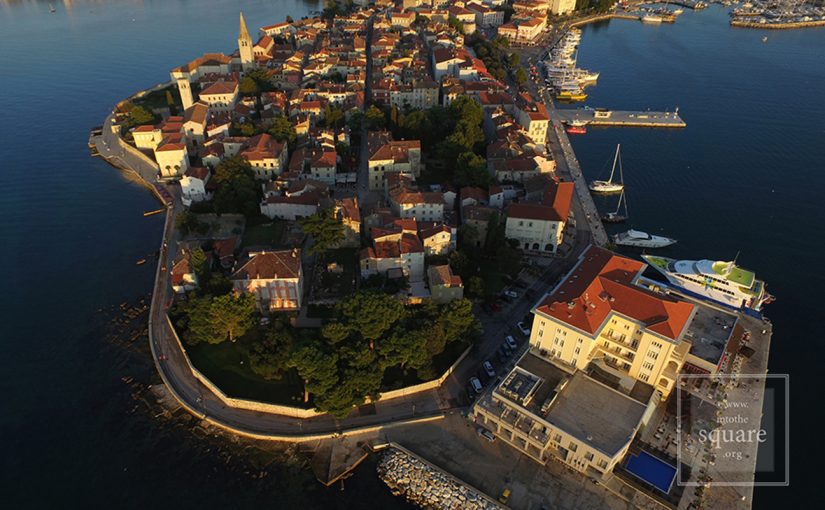The two settlements (Mali Ston meaning Little Ston) form an interesting system, for they are linked by some of the longest fortifications in Europe, originally over 7km long, with almost 5km remaining today. The walls climb and descend along with a hill, which separates the two settlements. Mali Ston was founded in 1333, as part of a defensive system meant to protect the citadel of Dubrovnik, whilst Ston is among the first settlements of the time built according to a clearly established plan, with straight streets, administrative buildings and residential spaces. In Mali Ston, the port has the role of the square, as is traditionally the case in most Mediterranean settlements. By contrast, Ston’s square was designed as an independent space, yet still on the outskirts of the settlement.












































